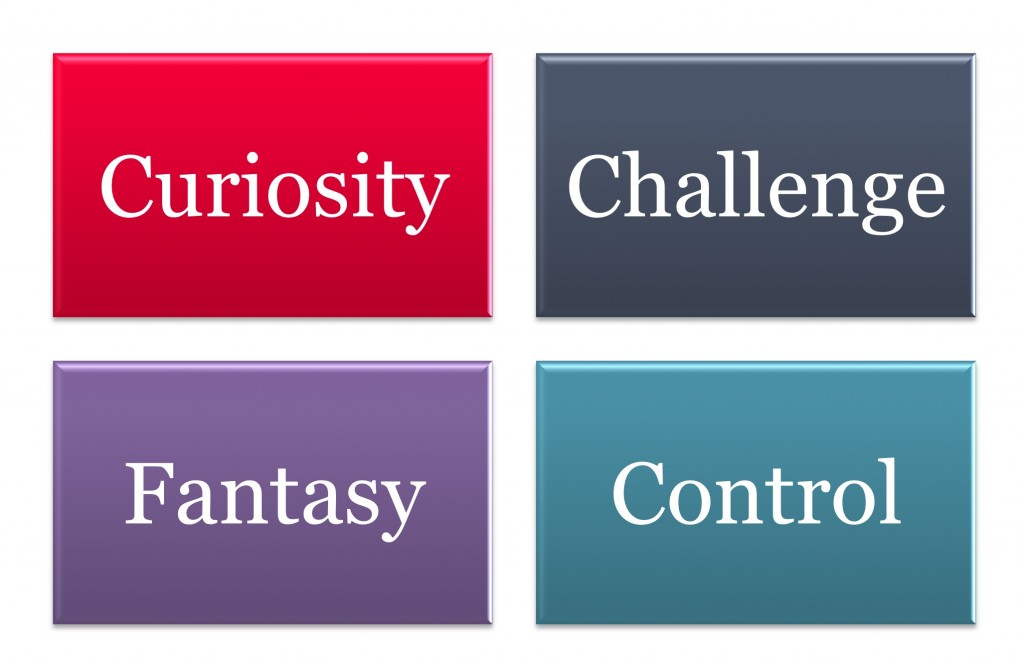Motivation in science
 Why do some classes and students display high levels of motivation in science but others do not? Motivation is a requisite to learn. We need to know how to plan science lessons for maximum motivation if great learning is to take place. I have summarised some interesting ideas from a paper by David Palmer on student motivation in science. Use these ideas to help diagnose what is and isn’t working in your lessons. And remember, variety is the spice of life!
Why do some classes and students display high levels of motivation in science but others do not? Motivation is a requisite to learn. We need to know how to plan science lessons for maximum motivation if great learning is to take place. I have summarised some interesting ideas from a paper by David Palmer on student motivation in science. Use these ideas to help diagnose what is and isn’t working in your lessons. And remember, variety is the spice of life!
Teacher training resources on motivation in science
Presentation that summarises how to support student motivation in science lessons. This includes specific examples of how to motivate students using challenge, fantasy, curiosity and control.
Extrinsic motivation
Extrinsic motivation refers to doing something because it has a separable outcome, such as awarding stickers for good results. This type of motivation is often used in classrooms, but its effectiveness has been questioned. Expected, tangible rewards (as distinct from unexpected rewards or verbal praise) have been shown to have a strong negative influence on other types of motivation. When you use extrinsic motivation help students to appreciate the value or utility of the task; this will help make sure students participate in the task with a sense of volition.
- rewards
- praise
- privileges
- attention
Intrinsic motivation
Intrinsic motivation refers to the instinctive pleasure students get when they learn something new or succeed in a challenge. Lepper and Hodell (1989) proposed that intrinsic motivation could be enhanced in the classroom by using:
- Challenge (a moderate level of difficulty will allow students to experience a sense of mastery and competence when they succeed)
- Curiosity (students are interested in resolving inconsistencies in their experiences, such as learning why a penny sinks but a ferry floats)
- Fantasies (allow students to use their imagination to step out of real life)
- Control (students are more likely to be motivated when they perceive themselves to be in control of their behaviour)
How can I improve student motivation in science?
Ultimately, you have to get students to think – here are a few ideas:
- challenge students by setting tasks at a moderate level of difficulty so they regularly experience success,
- use novel or discrepant experiences to arouse curiosity,
- use fantasy to spark their imagination,
- increase the meaningfulness of content and tasks by relating them to students’ lives. Frame tasks in a local context,
- give students a realistic level of choice in work partners, activities and task formats. This could involve the illusion of choice!
- provide assessment feedback and use praise that rewards effort and improvement,
- model enthusiasm, thinking, dealing with errors, and dealing with challenge,
- be supportive, reassuring, and attentive to students – relationships are key!
Further reading
- Cook, D. A., & Artino Jr, A. R. (2016). Motivation to learn: an overview of contemporary theories. Medical education, 50(10), 997-1014.
- Lepper, M. R., and Hodell, M. (1989). Intrinsic motivation in the classroom. In C. Ames & R. Ames (Eds.), Research on motivation in education (vol. 3, pp. 73–105). San Diego, CA: Academic Press.
- Palmer, D. (2005). A motivational view of constructivist‐informed teaching. International Journal of Science Education, 27(15), 1853-1881.
